Travis Cooper
gamer level 5
3380 xp
3380 xp
followers
2
2
Use my invite URL to register (this will give me kudos)
https://boardgaming.com/register/?invited_by=tcooper
profile badges
recent achievements

I'm Completely Obsessed
Play a specific game 50 times
Play a specific game 50 times

Gamer - Level 5
Earn Gamer XP to level up!
Earn Gamer XP to level up!

I Love Playin' Games
Claim that you have played a game today by clicking the "Played Today!" button on a game page 50 times.
Claim that you have played a game today by clicking the "Played Today!" button on a game page 50 times.

I'm a Real Player!
Claim that you have played a game today by clicking the "Played Today!" button on a game page 25 times.
Claim that you have played a game today by clicking the "Played Today!" button on a game page 25 times.
Player Stats
Critic (lvl 2)
605 xp
605 xp
Explorer (lvl 0)
52 xp
52 xp
Professor (lvl 2)
531 xp
531 xp
Reporter (lvl 1)
120 xp
120 xp
About Me
I typically like games that have little to no luck. However, those games tend to have a steeper learning curve and a lot can be thrown off by new players. Because of those reasons, I also play a lot of other types of games as a good way to introduce people to the gaming world.




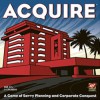



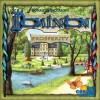


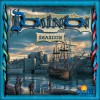












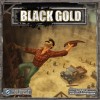



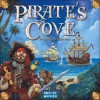






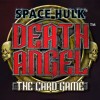







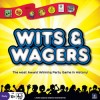



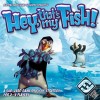

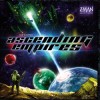



Dominion
This is a great fast paced game. I normally don’t like the amount of luck in card games, so when I saw the components for this was 500 cards I was put off. Needless to say, it took me a while to finally buy it. I really enjoyed my first play through, and after my second I was hooked.
The game starts everybody off with 10 cards, 7 treasure cards, called copper, and 3 victory point cards, called estates. You are trying to build up your kingdom to be the winner. You have 25 different kingdom cards, or action cards, to choose from. Of those 25 each game will use 10. There are a few defined sets in the rules, the first one being a beginners set that introduces you to most of the types of cards, or you can pick your favorite 10, or you can randomly pick the 10 to use, or any other mechanism you want to choose the 10 kingdom cards to play with. You then start using your money to buy cards, hopefully you are buying cards that make your deck stronger. The actions will help you play more actions(so you can chain actions), draw more cards, have extra money to spend, attack other players, etc. The ultimate goal is to get a deck good enough so you can buy the big victory point cards, called provinces. When the provinces run out, or any other 3 stacks of cards, the game ends and you count up your points.
I really enjoyed this when I first got it. We were playing a lot though, so I kind of got burned out. I still love to play it, but I’m not playing 5+ games a day now like I was at first. I gave this an 8 because I think I’ll be able to pick this game up about any time and play it, plus it is easy to teach, and gamers and non-gamers a like enjoy playing this. At work on our lunch break we can easily get in 3 games and a lot of times we play 4 in the hour.